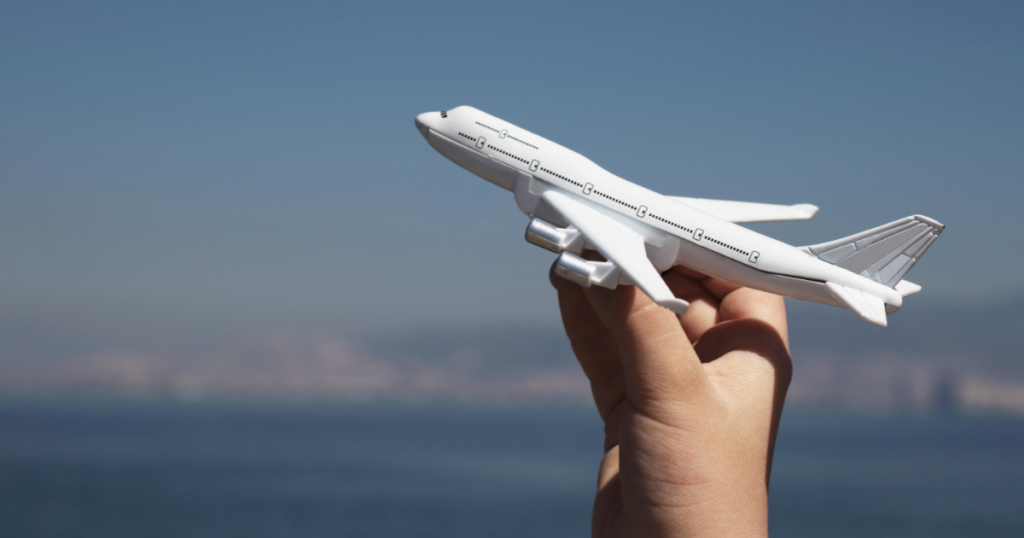
One of the most well-known types of lightweight aircraft is the Ultralight, which is tailored specifically for recreational use and short-range flight. The FAA’s ‘Part 103‘ rules stipulate that ultralight aircraft must meet specific criteria, such as being less than 155 pounds, being used only for recreation or sports, having only one occupant, and not requiring any pilot certification to fly.
Ultralight aircraft are not subject to any regulation, and pilots are not required to have any license to operate them. However, these lightweight air vehicles are restricted to flying in locations with little or no population and no control over the air.
These planes brought to mind the early days of aviation when pioneering aviators created their own ultralight prototypes to put to the test in preparation for their first forays into the stratosphere. The owners of ultralight aircraft who choose to construct their planes from scratch can experience the same pride and fulfillment as the aviation industry’s pioneers when they first flew their perfect inventions.
The term ultralight often gets overused to describe any very small or homebuilt aircraft, but this isn’t strictly accurate. As you can see from the Part 103 requirements above, these aircraft must be single-seat designs with rigorous weight and performance requirements.
If you’re a pilot enjoying a good time, an ultralight aircraft is for you. You don’t need a license to fly one of these, although many professional airline pilots do it for the sheer thrill of flight. Here are ten of the most common ultralight planes you should look into if considering taking up ultralight flying.
#1 Aeromarine Merlin Lite

An updated version of the Merlin, the Aeromarine Merlin Lite is a brand-new competitor in the ultralight market. In addition to racing-style padded 3-point seatbelts, this ultralight aircraft has a large 6′ 6″ pilot cockpit. The new extended wings of the aircraft reduce the Merlin Lite’s speed below the 24-knot restriction imposed by FAA Part 103. The cantilevered wings’ high aspect ratio wings have an L/D ratio appropriate for efficient electric flying or motor-gliding.
Features include a large baggage compartment, an armrest, bubble windows, twin window vents, and temper foam sears embellishing the Merlin Lite. The aircraft’s performance is further enhanced with the twin hydraulic brakes, tundra tires, and the BRS 500 whole aircraft rescue system. The Aeromarine plane can reach a stall speed of 27 miles per hour, weighs under 275 pounds when empty, and is powered by Polini 250 DS 2 Stroke engines.
Related: Why don’t planes fly in a straight line on a map?
#2 CGS Hawk Arrow II
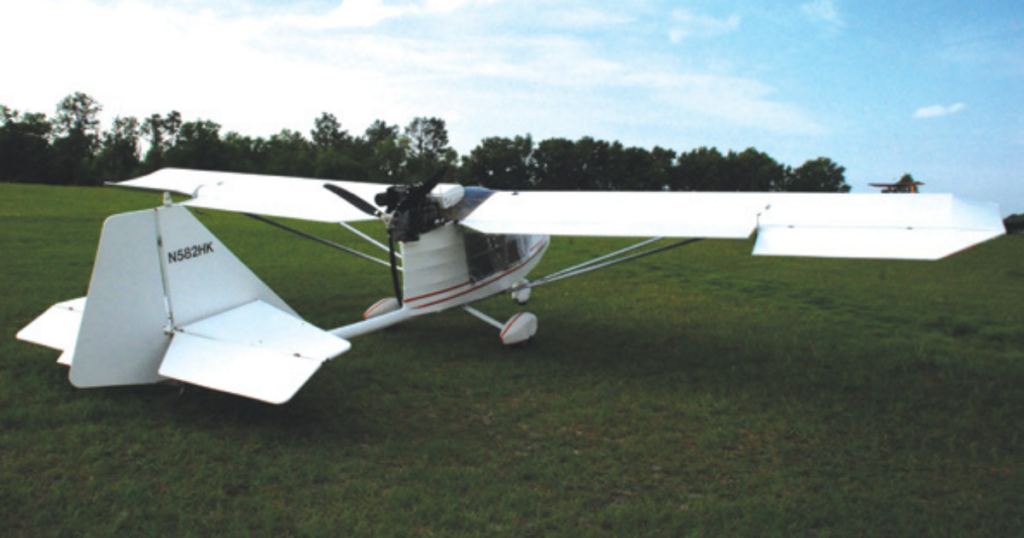
The Hawk Arrow II is the CGS’s two-seater SLSA, ELSA, and AULA Arrow Ultralight aircraft. The cockpit of this aircraft features long, sleek lines, a flat floor, and a low, sloping windscreen that provides an unobstructed view of the advancing course. Its long nose is countered by a sizable vertical tail, which together produces remarkable stability and controllability for the pilots.
The Hawk Arrow II can accommodate pilots of any height with its semi-symmetrical airfoil, extruded aluminum body, and curved front spar carry-through. The CGS aircraft’s small fuselage improves airflow to the pusher propellers.
It reduces drag, while the passengers in the back sit directly above the ultralight’s center of gravity, so it doesn’t matter if there’s one more on board. The maximum cruise speed of the Hawk Arrow II, which is powered by Rotax 582 engines and has a gross weight of 1,100 pounds, is 55 to 80 miles per hour.
#3 Jordan Lake Air-Bike LS 103
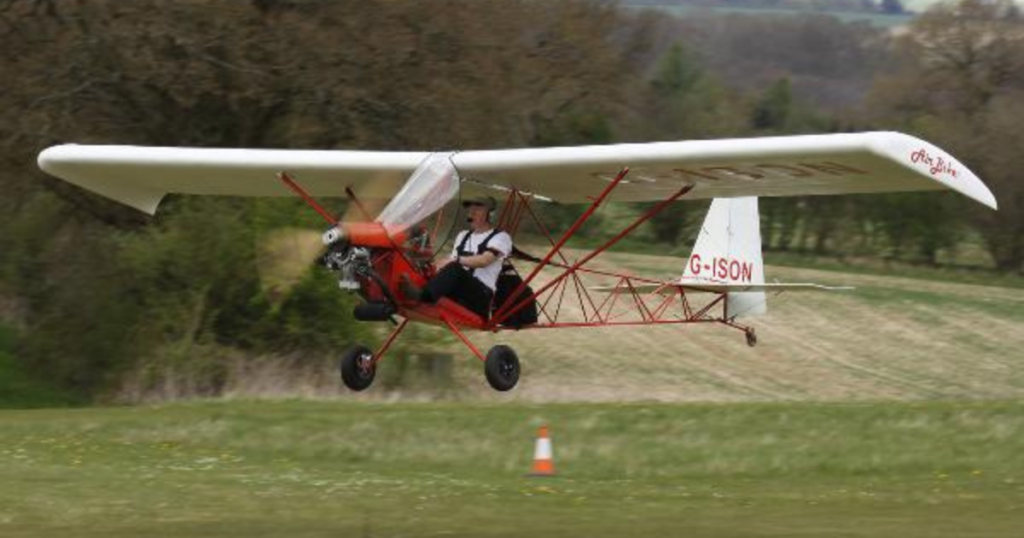
Jordan Lake Air-Bike LS is a direct descendant of Wayne Ison’s 1995 design. The Jordan aircraft is not only a ton of fun for thrilling aerial experiences, but it is also inexpensive. The Jordan Air-Bike comes with a variety of add-ons that may be customized by the buyer, including foldable wings, brakes, wheel trousers, and fiberglass wingtips.
The air-bike can be built from a tubular steel frame and wooden wings and can be purchased as a complete kit or as a set of plans. The Jordan Air-Bike LS’s rudder pedals are placed outside the aircraft, offering passengers the authentic experience of riding an air-bike thanks to the aircraft’s thin fuselage.
The Rotax/Hirth 40-50 hp engines power the Jordan LS 103, allowing for a takeoff distance of 150 feet and a landing distance of 200 feet. The Air-Bike 103 can carry up to 525 pounds in total weight and travel at speeds of up to 60 miles per hour. The Jordan Air-Bike LS 103 has a projected assembly time of roughly 250 hours.
#4 Kolb Firestar
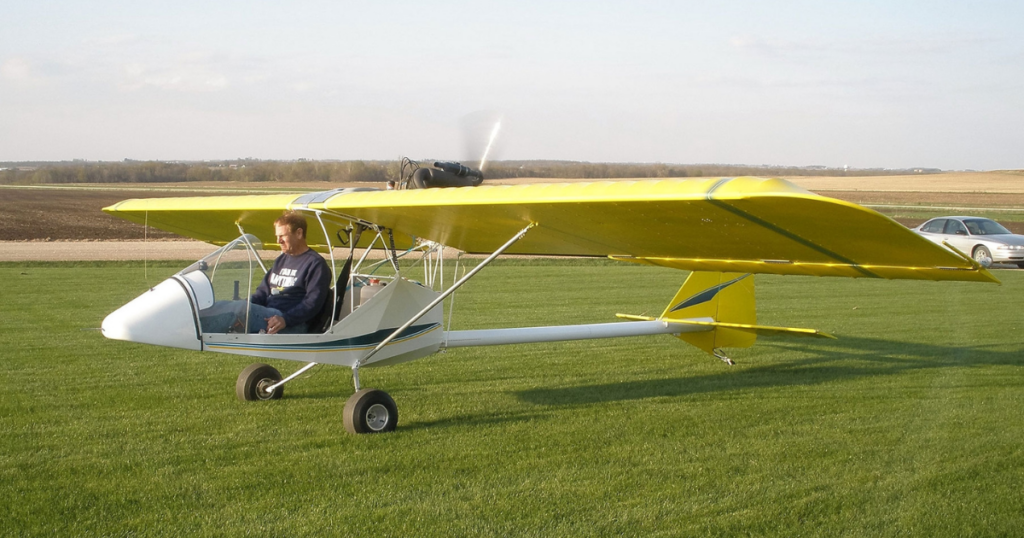
The Kolb Firstar adds to the ranks of highly adaptable single-seat ultralight aircraft. One of Kob’s iconic designs, the ultralight Firestar aircraft, has been in continuous production since its debut in 1985. The lightweight aircraft with substantial wing area and large-diameter propeller outperforms other ultralight aircraft in the category; its robust, flexible performance combined with the excellent propeller ground clearance allows the aircraft to operate from a wide variety of improved fields.
The fuel capacity of a Kolb aircraft is either 5 or 10 gallons, depending on whether it is equipped with the basic Hirth 3202 engine, an optional Rotax 503 engine, or a Rotax 447 engine. A maximum cruise speed of 80 mph and a stall speed of 27 mph are within Firestar’s capabilities. The lightweight planes require between 350–400 hours to put together and have a landing distance of only 150 feet, allowing them to take off from a runway as short as 100–200 feet.
The Kolbe Firestar’s aluminum and steel airframe structures are built to last, with the central part being crafted from factory-welded 4130 chrome-moly steel and 4130 steel plates in high-stress regions. Regarding handling, the Firestar plane uses tried-and-true cable and push-pull tube controls, providing the pilots with a high degree of versatility.
#5 North Wing Maverick 2 RT
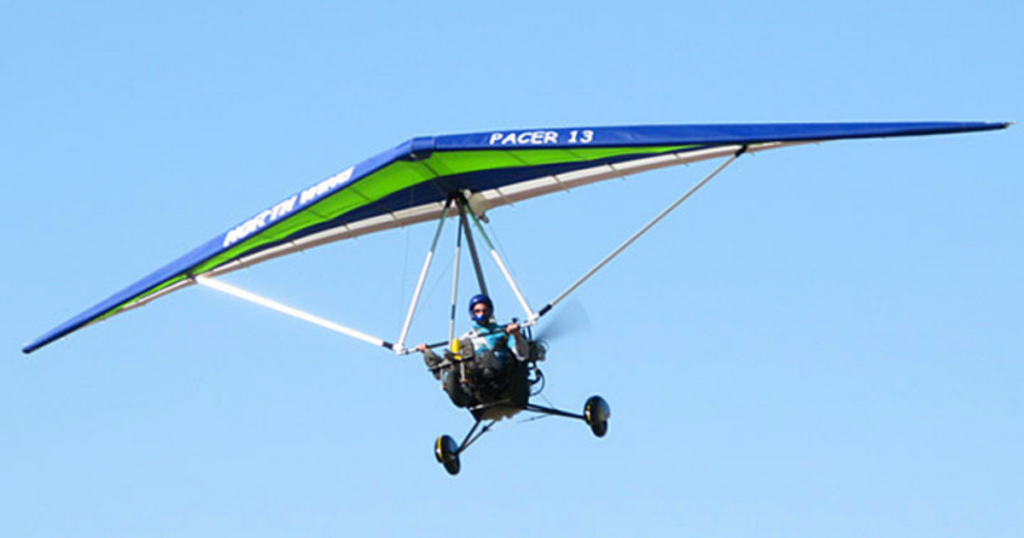
The North Wing’s Maverick 2 RT exemplifies the inventiveness of ultralight aircraft designers and manufacturers using a proven and widely available airfoil—the hang gliding wing. There are two primary variations on the striker design: the Maverick 2 RT (no fairing) and the Maverick 2 Legend (streamlined fairing), both of which feature updated trike and wing designs that improve flight performance, ease of set-up, and storage space, among other things.
The plane’s frame has been lengthened to carry more cargo behind the pilot. This includes extra gasoline, camping gear, and anything else that can be carried. The Maverick 2 RT is an ultralight aircraft with a takeoff weight of 254 pounds, a gross weight of 600 pounds, and a climb rate of 700 feet per minute (fpm) powered by Kawasaki 440, 40-horsepower engines.
#6 Aerolite 103
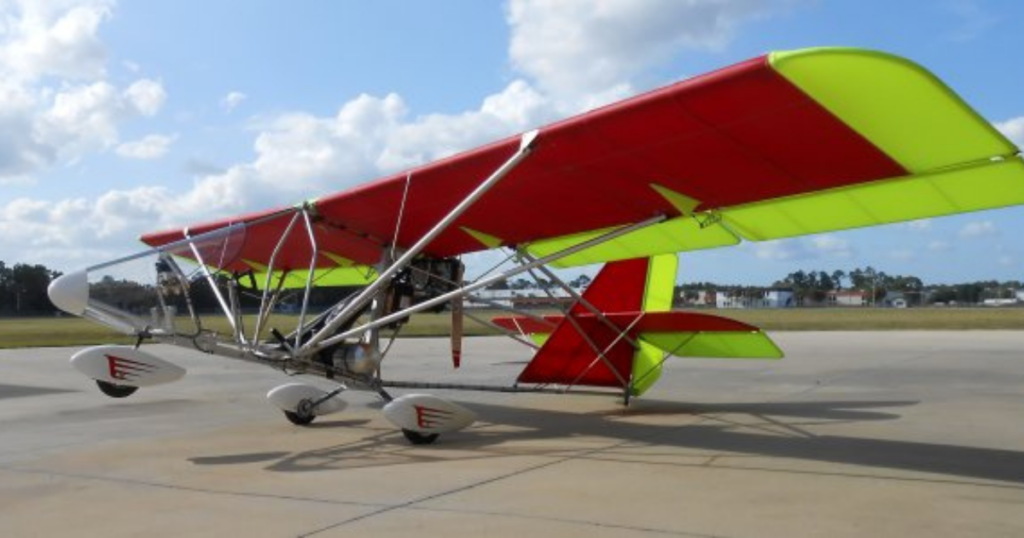
Unlike many competing ultralight aircraft that require several hours of building, the Aerolite 103 from DeLand, Florida’s U-Fly-IT, arrives ready to fly. If you’re an aviation enthusiast and want to build your own airplane, the Aerolite aircraft’s quick-built kit may be assembled in under 50 hours. The Rotax 44, Rotax 503, Kawasaki 440, Hirth F23, and other engines are only some possibilities available to customers for each of the aircraft’s factory-built airframes.
Related: What are Aircraft Engine Spiral and Why are they used?
The Aerolite 103 has features such as a reduction driver, a two-blade Tennesse propeller, electronic flaps, shock-absorbing main gear, a steerable nose wheel, a five-gallon aluminum fuel tank, and basic flying and engine instruments. High-winged exterior struts and a tubular-framed fuselage give the Aerolite 103 a sleek appearance.
The maximum takeoff distance for this ultralight aircraft is 100 to 200 feet, and the minimum landing field size is also relatively small. The cruise speed for the Aerolite 103 is 45 to 63 miles per hour, and the stall speed is 26 to 28 miles per hour.
#7 Earthstar Thunder Gull 2000
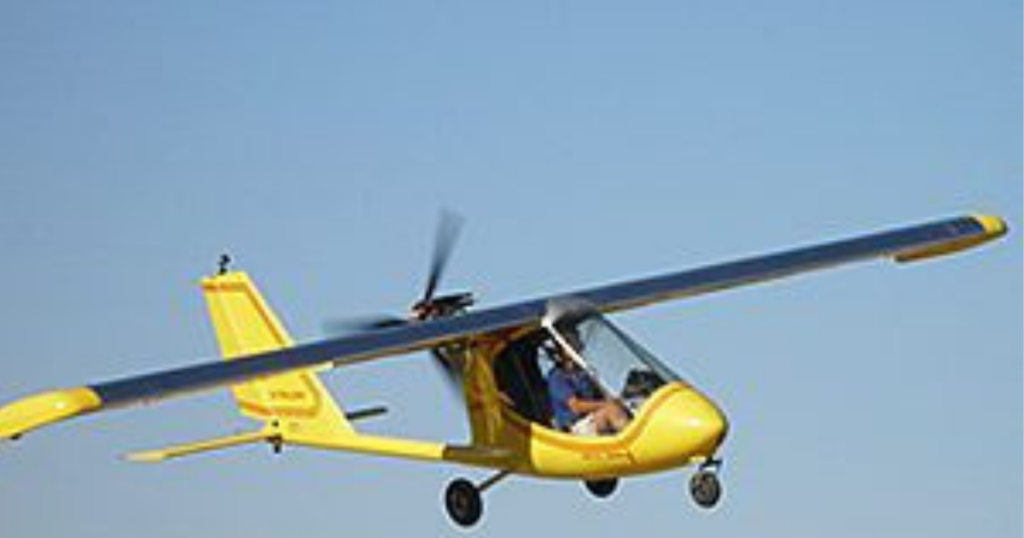
The Earthstar Thunder Gull 200 is a single-seat ultralight aircraft that appeared in the 1970s. Since then, it has been a successful ultralight aircraft that has made a name for itself in its segment. The Hirth F33 engines that power the Thunder Gull 2000 are some of the most excellent ultralight engines available; they significantly dampen the pilots’ vibration sensation while in the air, providing a more enjoyable flight.
Maximum cruise speed is 63 mph, with a stall speed of 27 mph for this aircraft. The Earthstar aircraft has a maximum gross weight of 550 pounds and an empty weight of 248 pounds, allowing for a takeoff distance of only 125 feet and a landing distance of only 75 feet. The Thunder Gull 2000 kit includes a fully jig-welded roll cafe, seatbelts, and entire cabin windscreen and may be modified to suit your requirements.
#8 Kolb Twinstart Mark III

The Twinstar Mark II is a best-seller for the Kolb company. This ultralight aircraft is based on the Mark III Classic and features improved aerodynamics to generate an additional 10-15 mph speed. The folding wings and tail and the aircraft’s steel and aluminum backbone make it an entirely operational aircraft. The Twinstar Mark II’s large wing area, large flaps, ailerons, and high-performing engines allow quick takeoffs and landings.
The Kolb ultralight plane is compatible with various engines, including the Rotax 503 (52 hp), Rotax 912S (100 hp), and Jabiru 2200. The Mark III iteration of the Kolb aircraft features the type’s signature improved visibility thanks to a Lexan-lined gap seal between the wings above the cabin and the aircraft’s otherwise unobstructed 360-degree visibility from within the cabin.
The Twinstar Mark III has an operational top speed of 80 mph, a stall speed of 41 mph, a gross weight of 1,100 lbs, and a construction time of around 230 hours.
#9 Pterodactyl Ascender
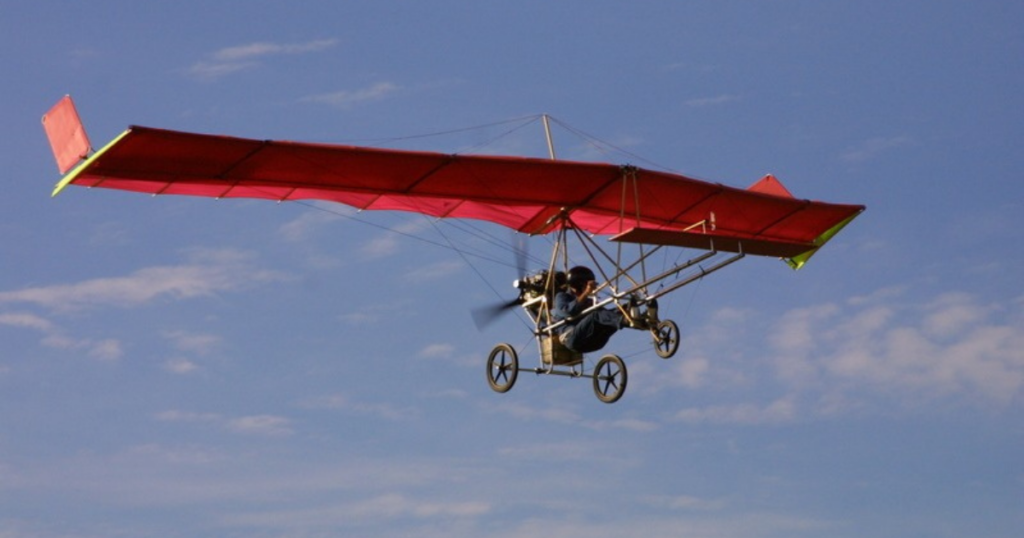
Ultralight aircraft have become popular with the introduction of the Pterodactyl Ascender in the late 1970s. Participating in the Oshkosh Air Show in 1979, the aircraft was a huge success, selling over 1,400 kits by 1984. Weight-shifting for pitch control and tip-rudders for yaw and roll are two critical characteristics of the hander glider design.
Among the many iterations over the years, the Ascender stands out from the Pterodactyl by its high wings and broader wheels, giving the impression that it is a much larger aircraft. Aluminum tubing, stainless steel wires, and Dacron sailcloth are used to construct the Pterodactyl Ascender’s wings and winglets.
The maximum gross weight of the ultralight aircraft is 350 pounds, and its empty weight is 125 pounds. Ascender’s Xenoag 242 two-stroke engines (each producing 16 hp) allow it to reach top speeds of 45 mph during the cruise and 17 mph stall speed.
#10 Quicksilver MX II Sprint

Quicksilver MX II Sprint is one of the simplest two-seater ultralights to assemble and learn to fly, and its design was conceived with a new pilot in mind. The MX Sprint’s high-lift, single-surface wings offer a distinct take-off advantage and exceptional handling even at very low flying speeds, making it a popular choice among recreational pilots and flight schools for ultralight aircraft.
The Quicksilver MX II Sprint, powered by Rotax 582 engines, has a maximum fuel capacity of 6 gallons, can take off in as little as 79 feet, and needs only 75 feet of space to land. The Quicksilver aircraft is a compact but capable flying machine with a length of 18′ 0.5″, a wingspan of 32.7″, and a wing area of 180 sq. ft. The maximum speed for the MX II Sprint is 64 mph, with a stall speed of 27 mph.
FAQs
What are the criteria for an aircraft to be considered an ultralight?
Part 103 of the FAA’s regulations define what qualifies as an ultralight aircraft. To qualify, a recreational aircraft must meet the following conditions: it must be used for non-commercial purposes; its maximum weight must be less than 155 pounds; it must carry no more than one passenger; and no pilot license or certification is required.
Does the FAA regulate ultralight aircraft?
The Federal Aviation Administration (FAA) does regulate ultralight aircraft in the United States. The FAA has created ‘Part 103’ with guidelines for ultralight aircraft. Various requirements, such as maximum allowable weight, permitted uses, and exemptions from pilot certification, are spelled out in these regulations. While still subject to rules, ultralights have greater operating flexibility than other classes of aircraft.
Does one need a pilot’s license to fly an ultralight aircraft?
You don’t need a license to pilot an ultralight aircraft. Pilots of ultralight aircraft do not need any certification or license to fly them, per FAA ‘Part 103’ regulations. However, it is still essential for pilots to receive proper training and education on operating ultralight aircraft safely, even though it is not a legal requirement.

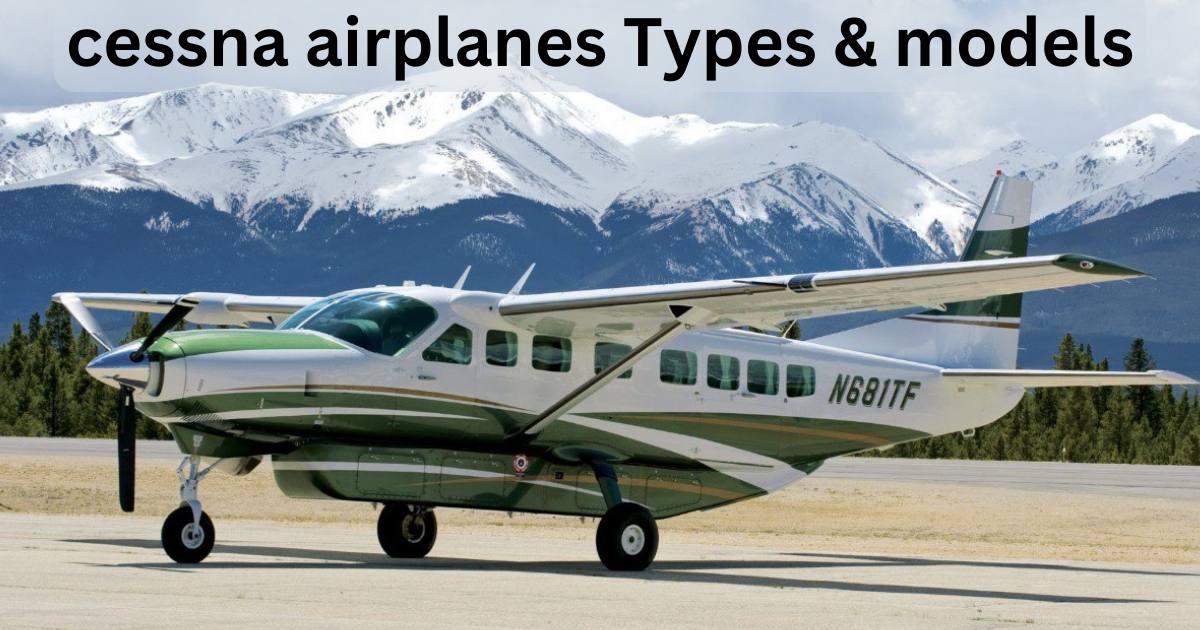
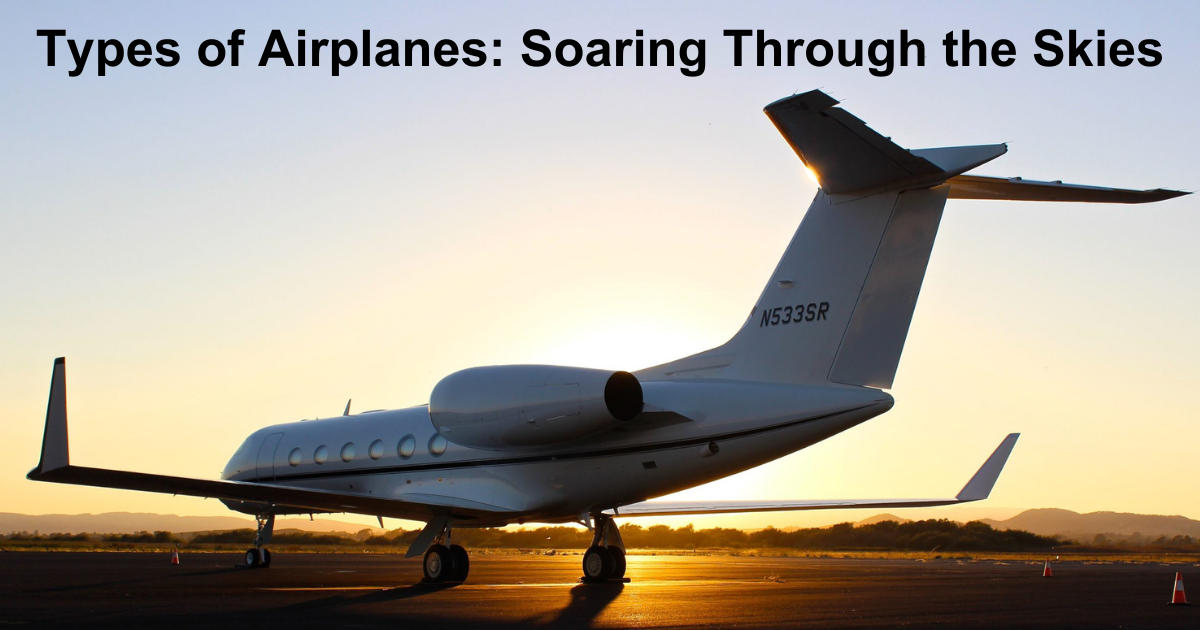


Neither the Firestar nor the Twinstar (which you misspelled) are far103 legal ultralights. The only current production Kolb which is, is the firefly. There’s also the ultrastar, but it is plans only.
Holy cow, how old is the article you copied this from? Pterodactyl Acenders have been out of production for a loooong time. Also given that Josh (below) stated you have incorrect information makes me believe this is just more hoo-haaa horseshit from a time wasting website.